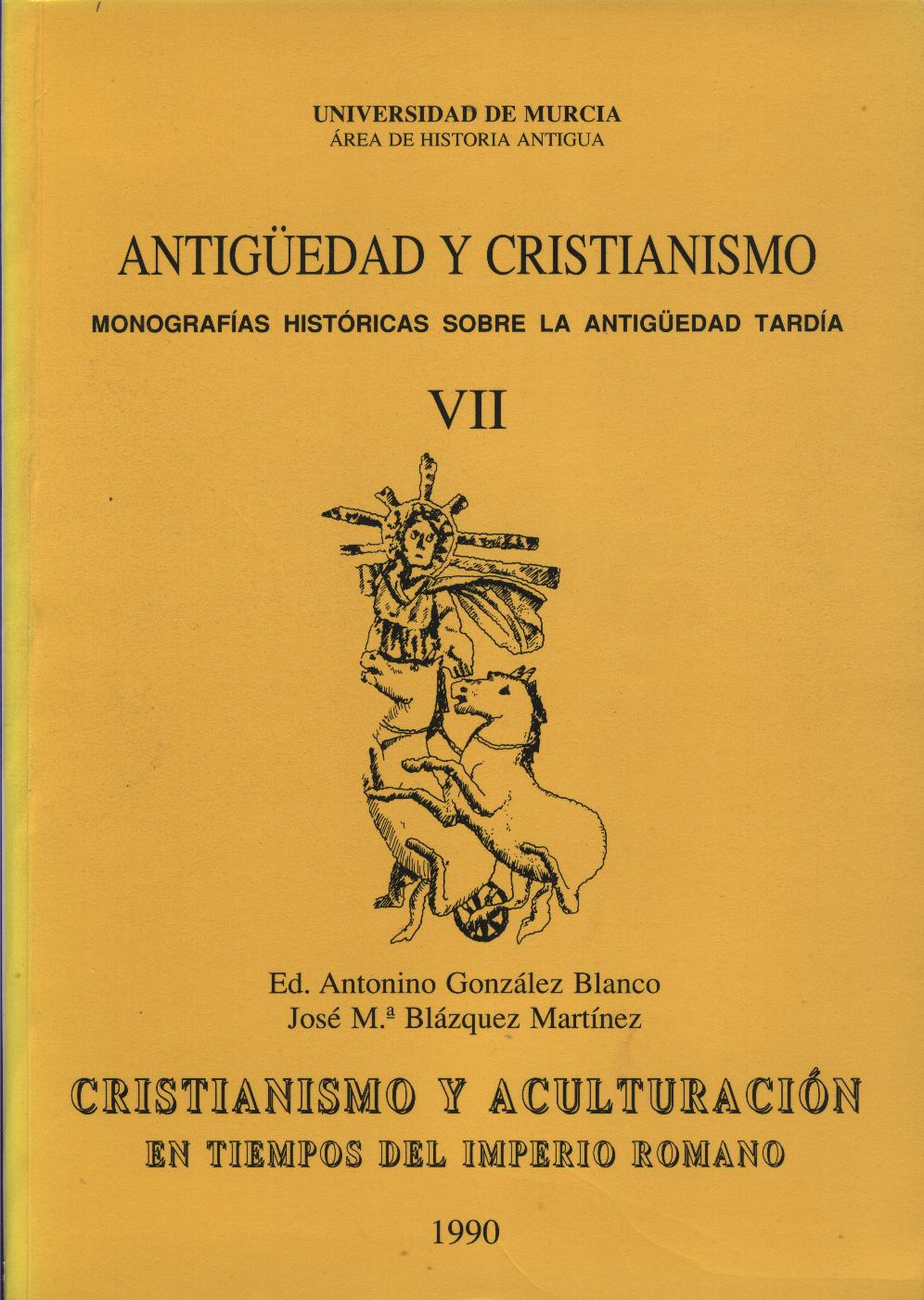Los gimnosofistas indios como modelos del sabio asceta para cínicos y cristianos
Resumen
The Greeks met for the first time the Indian ascetics, whom they called «gimnosophists », during the expedition of Alexander. The cynic Onesicrito was the first to manipulate the image of the gimnosophists when he put in the mouth of these ascetics the idealisms of the cynics. The supposed meeting of Alexander with the gimnosophists evolves from a simple anecdote into a long dialogue (cf. Pap. genev. 271), in which —encratic— doctrines of a gnostic sect which preached asccetism, come to light. This dialogue became very popular when it was included in The Life of Alexander of Macedón by Pseudo-Callisthenes. Later the bishop Paladio used the figure of the gimnosophists to give prestige to the anacoretes that lived in the Egyptian desert; but it also was used in the COLLATIO to make fun of the extremisms of the Christian monks.
Descargas
-
Resumen484
-
PDF535
1. Los autores ceden de forma no exclusiva a la revista los derechos de explotación (reproducción, distribución, comunicación y transformación).
2. Las obras que se publican en esta revista están sujetas a la licencia Attribution-ShareAlike 4.0 International (CC By SA 4.0). Por lo que se pueden copiar, usar, difundir, transmitir y exponer públicamente, siempre que:
i) se cite la autoría y la fuente original de su publicación (revista, editorial y URL de la obra), permitiendo así su reconocimiento.
ii) se permite remezclar, transfromar o crear a partir del material mientras se mantenga la misma licencia del original.
Nota: Los artículos anteriores a 2022 muestran incorrectamente la licencia CC by SA en la página de resumen. Están bajo una licencia CC by NC ND tal y como se incluye en los pdfs de los artículos. Los artículos publicados en 2022 y después están bajo la licencia CC by SA.

3. Condiciones de auto-archivo. Se permite y se anima a los autores a difundir electrónicamente las versiones pre-print (versión antes de ser evaluada) y/o post-print (versión evaluada y aceptada para su publicación) de sus obras antes de su publicación, ya que favorece su circulación y difusión más temprana y con ello un posible aumento en su citación y alcance entre la comunidad académica. Color RoMEO: verde.
























